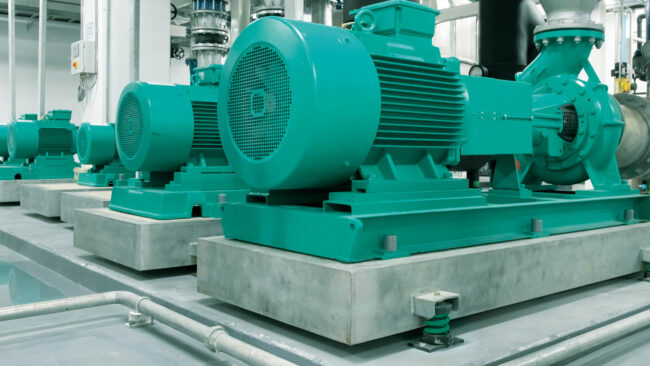Why the Importance of Vibration Isolation Should Not be Overlooked
Modern machinery has revolutionized nearly every industry, but with it has come the problem of unwanted vibrations. These occurrences harm productivity, efficiency, and even safety due to their potential to damage sensitive equipment over time. Vibration isolation techniques have been developed to address these issues, and today they are playing a crucial role in maintaining the functionality and longevity of machinery across the globe.
Effective vibration isolation can significantly reduce the transfer of vibrations between different mechanical components. These transfers can lead to mechanical failures and malfunctions. There are several factors that contribute to the appearance of unwanted vibrations such as machine rotation speed, excitation frequency, and internal friction. The implementation of vibration isolation techniques such as mounting pads, vibration isolators, and rubber mounts can isolate machinery and protect it from transfers caused by these factors.

Choosing the right vibration isolation technique is a critical decision for engineers and designers. Important factors can include the type of machinery, its power, its internal structure, and its intended application. Improper or inadequate isolation can lead to serious safety and operational concerns.
Vibration isolation techniques range from basic damping pads to complex motion control systems that use electromagnetic and hydraulic technology. Damping pads use materials with high damping properties to absorb vibrations and reduce energy transfer between mechanical components. Vibration isolators, on the other hand, use springs or air cushions to create a mechanical barrier between the machinery and the surface it rests on. Rubber mounts provide elasticity and flexibility to the system, absorbing vibrations and dampening the effects of sudden movements. These three techniques offer effective solutions for many applications, but many other techniques are available to address specific needs.
The world of mechanics is continuously evolving, and so too are the techniques used to mitigate vibrations. Advanced vibration isolation techniques currently being used provide more stability and control over machinery, increasing efficiency while maintaining a higher level of safety and reliability.
Vibration isolation is essential to the smooth operation of modern machinery across industries. From reducing wear and tear to ensuring safety, vibration isolation plays a crucial role in maintaining the optimal performance and longevity of machinery.
